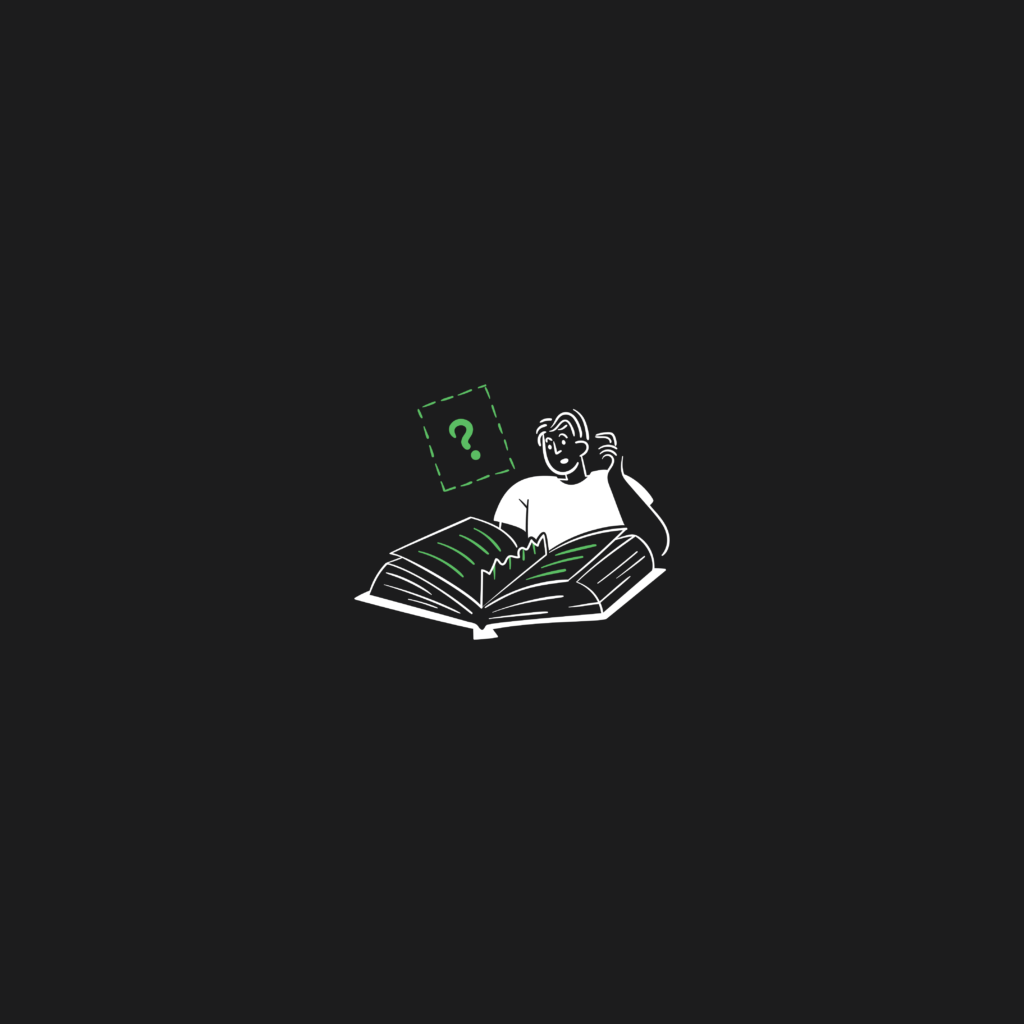Mastering Typography: The Artful Dance of Letters and Lines

Typography, often regarded as the art of arranging type, is the visual poetry of written language. It’s the subtle dance of letters, the harmonious interplay of fonts, and the elegant choreography of text on a page. In this article, we’ll embark on a typographic journey, exploring the art of typography, including how to choose fonts, pair typefaces, and create harmonious text layouts that captivate the reader’s eye and convey your message with finesse.
The Essence of Typography:
Typography isn’t just about choosing pretty fonts; it’s about communicating effectively. Good typography enhances readability, reinforces the message, and evokes emotions. To master typography, you need to understand its essential elements:
1. Typeface vs. Font:
A typeface is a family of fonts that share the same design, such as Helvetica or Times New Roman. Fonts, on the other hand, are the variations within a typeface, like Helvetica Regular or Helvetica Bold.
2. Anatomy of Typography:
Familiarize yourself with the basic elements of type anatomy, including the stem, ascender, descender, x-height, and baseline. Understanding these terms will help you make informed decisions about font selection and layout.
Choosing Fonts:
Choosing the right fonts is akin to casting actors for a play—they must fit the roles and work well together. Here’s how to make informed font choices:
1. Consider the Message:
The choice of font should align with the message and tone of the content. For formal documents, consider serif fonts like Times New Roman. For a modern, clean look, opt for sans-serif fonts like Helvetica or Arial.
2. Legibility is Key:
Prioritize legibility over aesthetics. The primary purpose of text is to convey information, so ensure your chosen fonts are easy to read.
3. Create Hierarchy:
Use different font weights and styles (bold, italic) to establish hierarchy within your text. Headings should stand out from body text but still maintain a visual connection.
Pairing Typefaces:
Pairing typefaces is where the artistry of typography truly shines. Here’s how to create harmonious combinations:
1. Contrast and Complement:
Choose typefaces that contrast yet complement each other. Combining a serif and a sans-serif font often works well. The contrast adds visual interest, while the complementarity maintains harmony.
2. Limit Your Choices:
Resist the urge to use too many typefaces within a design. Two well-paired fonts are often sufficient. More fonts can lead to visual clutter and confusion.
3. Test and Iterate:
Don’t be afraid to experiment with different typeface combinations. Create mock layouts and evaluate them for readability and aesthetics.
Creating Harmonious Text Layouts:
Once you’ve chosen your fonts and paired them effectively, it’s time to arrange your text harmoniously on the page:
1. Alignment:
Ensure your text is consistently aligned. Left-aligned text is the most common choice for readability, but centered or justified text can be used for stylistic purposes.
2. Line Spacing:
Adjust line spacing (leading) to prevent overcrowded text. The ideal spacing depends on the font and font size but typically ranges from 120% to 150% of the font size.
3. Kerning and Tracking:
Fine-tune the spacing between individual characters (kerning) and words (tracking) to improve readability and aesthetics.
4. Ragged vs. Justified Text:
Consider the alignment of your text. Ragged right text (with uneven line lengths) can be more readable than fully justified text (with even line lengths) in some cases.
5. Column Width:
Optimal column width helps maintain readability. Narrow columns can make reading feel cramped, while overly wide columns can strain the reader’s eye.
6. Hyphenation and Line Breaks:
Use hyphenation sparingly, and manually adjust line breaks to avoid awkward breaks in the middle of words.
In Conclusion: The Poetry of Typography
Typography is a subtle art form that wields immense power. It can convey emotions, establish identity, and guide the reader’s experience. Mastering typography requires an understanding of type anatomy, thoughtful font selection, skillful typeface pairing, and a keen eye for text layout. When done well, typography transforms text into a work of art—a visual symphony of letters and lines that captivates, informs, and leaves a lasting impression. So, embrace the art of typography, and let your words dance gracefully on the page.




